Time: 11:30AM – 4:30PM
Location: Big Horn Sheep Canyon
Arkansas River 04/10/2024 Photo Album
After two subpar outings on Colorado Rivers during the last week, I was anxious for redemption. I was pleased with my visit to the lower Arkansas River on 03/27/2024, so I decided to repeat the drive. The flows and clarity were favorable, and the fly shop reports were optimistic (as they usually are), so I took the plunge and made the 2.5 hour drive. I suffered through rush hour traffic in Denver, a long stretch of road construction south of Colorado Springs, a detour around an accident between Florence and Canon City, and ongoing construction on the main street of Canon City. I was exhausted before I arrived at my chosen fishing spot.
The air temperature was in the mid-fifties, so I pulled on my North Face light down coat, and I assembled my Sage R8 four weight. A white pickup truck preceded me, and I spotted two anglers meandering along the river sixty yards above me. To start my day I elected to hike east along US 50 for .2 mile, before I dropped down a steep bank to the river. My morning session featured fishing to long and deep pockets among very large boulders next to the highway. I began my adventure with a New Zealand chartreuse strike indicator, a split shot, a 20 incher, and a bright green go2 caddis pupa. The 20 incher proved to be in demand, and I landed a small brown and a thirteen inch rainbow, before I adjourned for lunch and returned to the car.
I quickly devoured my standard lunch, and then I crossed two braids and headed to the northern most branch of the river. This was the section I fished on March 27, and I was looking forward to a repeat during the afternoon. However, before advancing to the north branch, I covered some nice deep shelf pools on the braid that bordered the highway. Although the water looked quite enticing, I was unable to attract fish, so I moved on to the confluence of the north braid and the main river. I shuffled along the south bank, until I was positioned next to a large pool twenty yards above the confluence. I swapped the 20 incher for an emerald caddis pupa, and I added a sparkle wing RS2 on the point, and I began to prospect the prime water with my indicator nymphing setup.
I managed to hook and land a spunky thirteen inch rainbow, but as I advanced, I was disappointed to note the return of the occupants of the white pickup truck. While I was eating lunch, they returned to the truck for lunch, and I hoped that they were preparing to relocate, but that was not the case. They were positioned in another prime run and pool fifty yards above my location.
I continued my progress through some decent deep runs along the north side of the river with a couple momentary hook ups rewarding my efforts, until I arrived at a narrow and deep trough along the north bank below a large exposed rock. I was now twenty yards below the two other anglers, who by the way, were the only other fishermen that I spotted on the entire river between Parkdale and where I was fishing. It was just my luck to seek out the same section of the vast Arkansas River public water.
I swept some drifts through the attractive trough in front of me, and as I was doing so, a cloud blocked the sun and the wind kicked up a bit, and five trout began to rise sporadically in the trough area. I checked my watch, and this activity commenced at around 1:30PM. The rises were fairly frequent, but they were not the rhythmic cadence that typically leads to fairly easy fishing. Dry fly fishing to blue wing olives is what I made the trip for, so I paused to remove the indicator nymphing paraphernalia, and I selected a peacock body hippie stomper and added a CDC blue wing olive on a twelve inch dropper. I spent the next forty-five minutes making reach casts along the bubble line, and my fly was treated like inert flotsam. I swapped the CDC olive for a soft hackle emerger and a Klinkhammer emerger, but a refusal and brief look were my only reward. The lighting was not the best, and I was having a difficult time distinguishing the white poly tuft of the hippie stomper from bubbles. I reverted to a size 24 CDC BWO with tiny hackle, since the naturals appeared to be quite small. Finally during a gust of wind, I lifted the flies and inadvertently skated the small trailing CDC BWO, and an aggressive brown trout grabbed the olive. Apparently movement was the key. I concluded that the trout were seeking more movement than what was exhibited by my dead drifting dries, so I began twitching and skating the flies, but, alas, I was unable to entice another strike.
The two anglers above me departed, and this opened up the remainder of the north braid for my exploration. I retained the double dry for a bit, but the faster pockets and runs were not conducive to spotting rises, so I resorted to nymphs; however, I was reluctant to resort to the indicator and split shot, so I deployed a size 8 yellow fat Albert along with a salvation nymph and sparkle wing RS2. Between 2:45PM and 4:00PM I advanced along the left side of the north braid, and I managed to increment the fish count from four to seven. The RS2 was the productive fly, and the trout responded to the swing and lift at the end of the drift in moderate riffles of two to three feet of depth. These trout were in the twelve inch range, and I was pleased to net them, but the average size of the trout landed on April 10 was inferior compared to March 27.
By 4:00PM I reached the main stem of the river, so I waded along the edge toward my crossing point to return to the car. Below a long section of fast pocket water, the river formed a nice wide pool, and I spotted a few rises in the slow band of water along the bank next to my position. I took the time to remove the dry/dropper and tied a solo CDC BWO to my line, but as was the case on March 27, the feeding stopped by the time I was prepared to cast, and the change in tactics did not pay dividends. I returned to the car by 4:30PM and made the return trip.
Wednesday, April 10 was a decent day, but I truthfully had higher expectations. Using 20-20 hindsight, I probably should have reverted to the indicator nymphing method after my failed attempt with the double dry. Also, I should have abandoned the dry fly debacle sooner, and perhaps I should have sought another section of the river that featured the absence of competing anglers. Nevertheless, it was a gorgeous day, and I enjoyed moderate success.
Fish Landed: 7

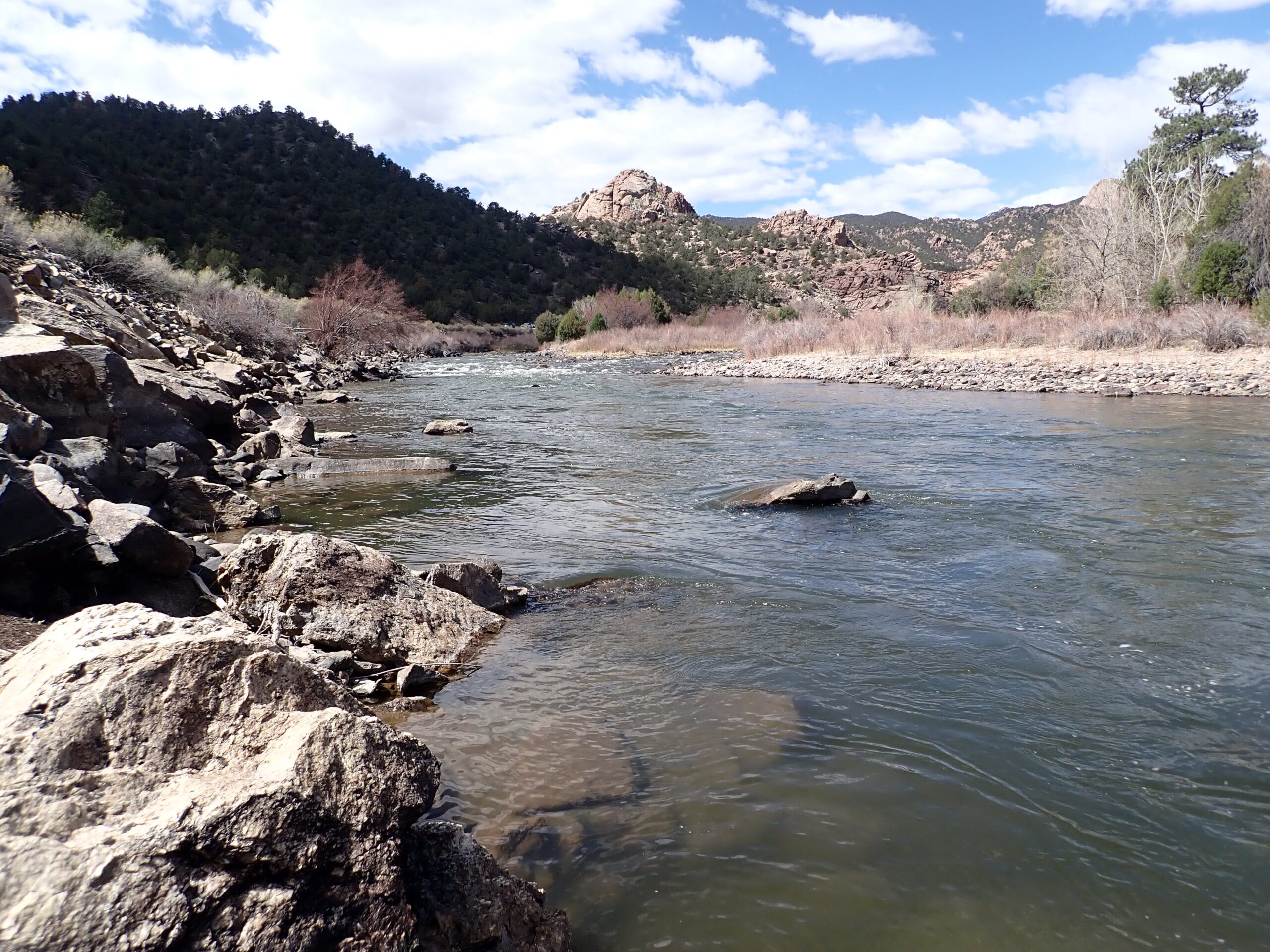
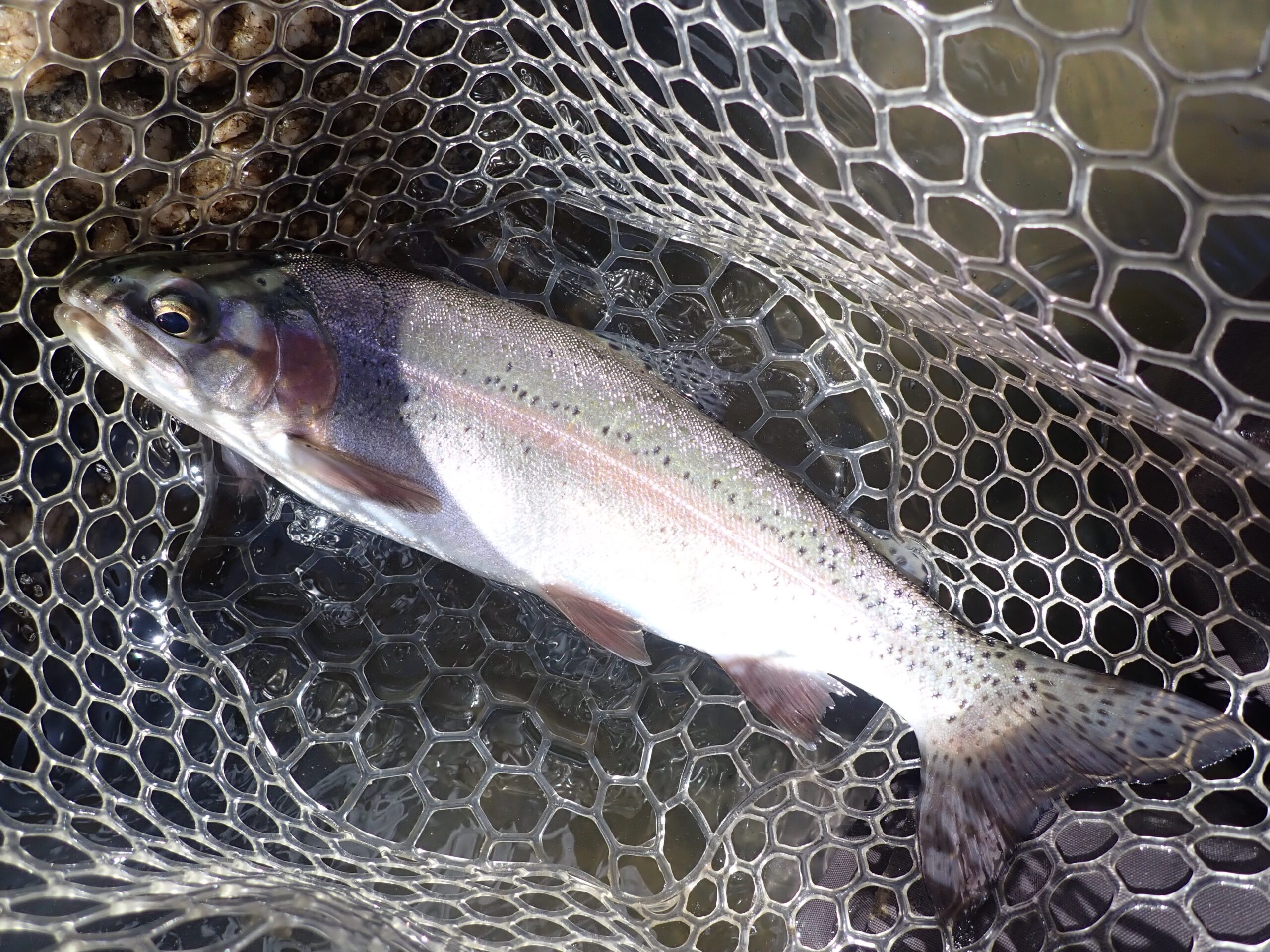
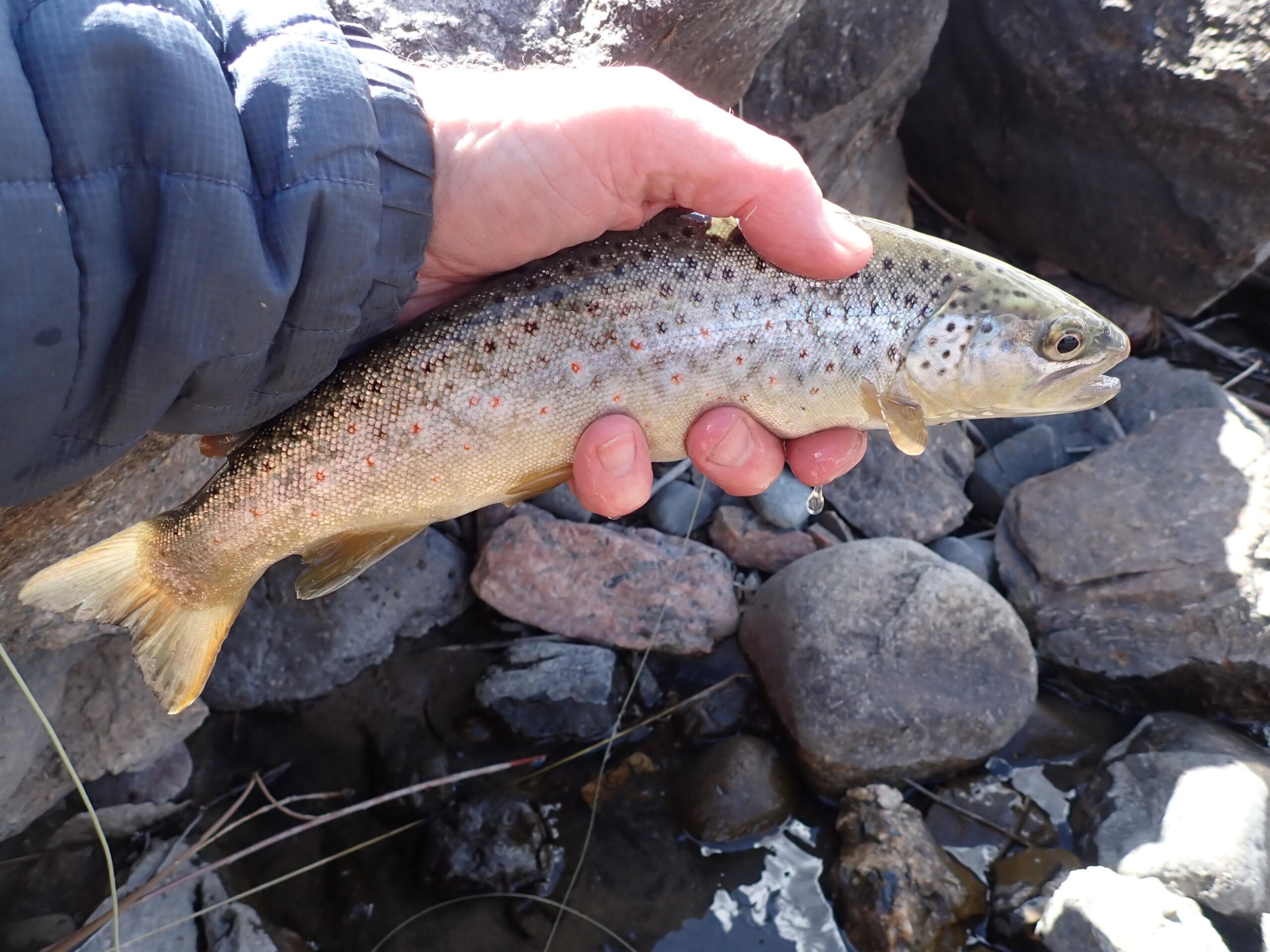
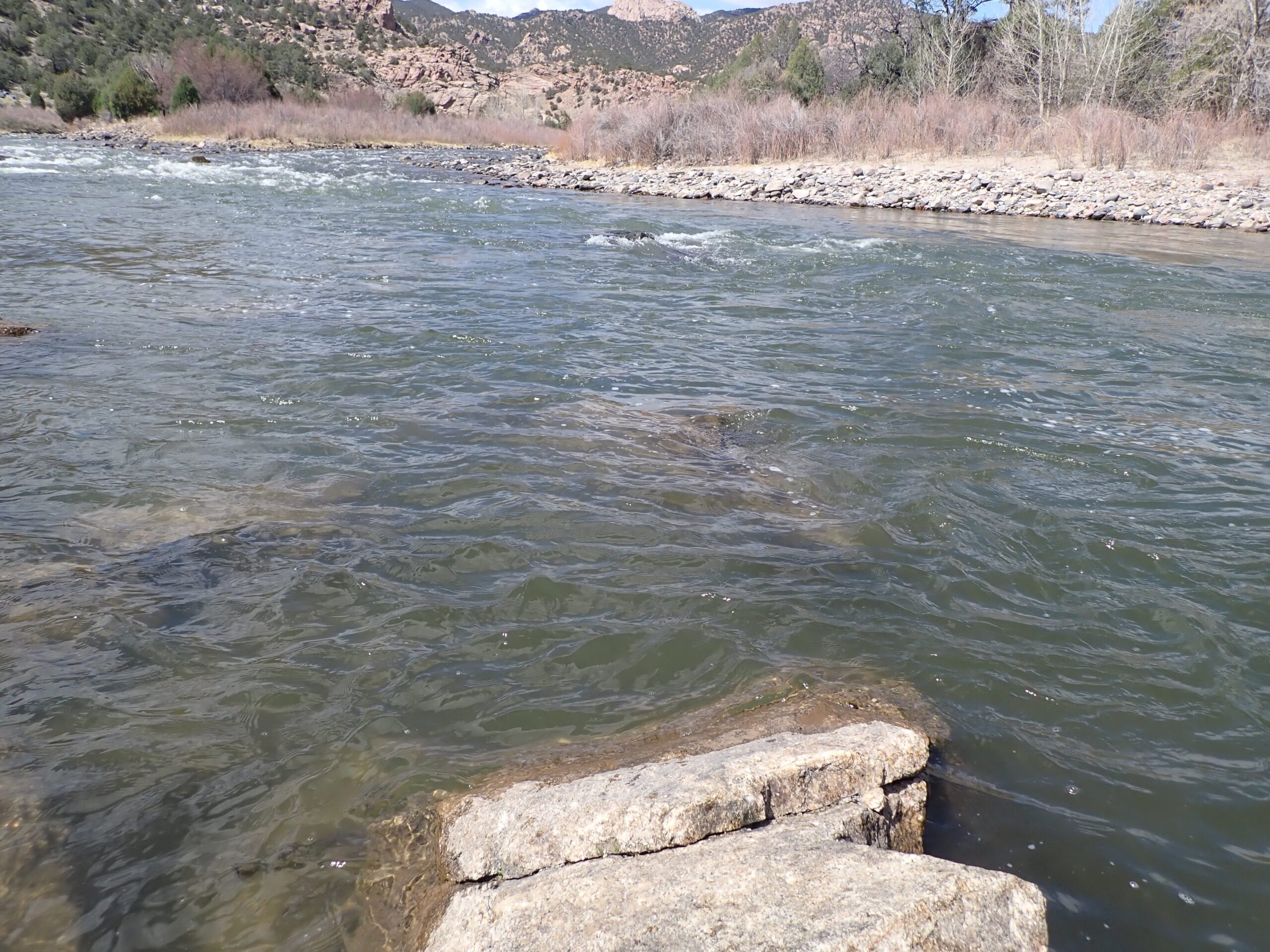
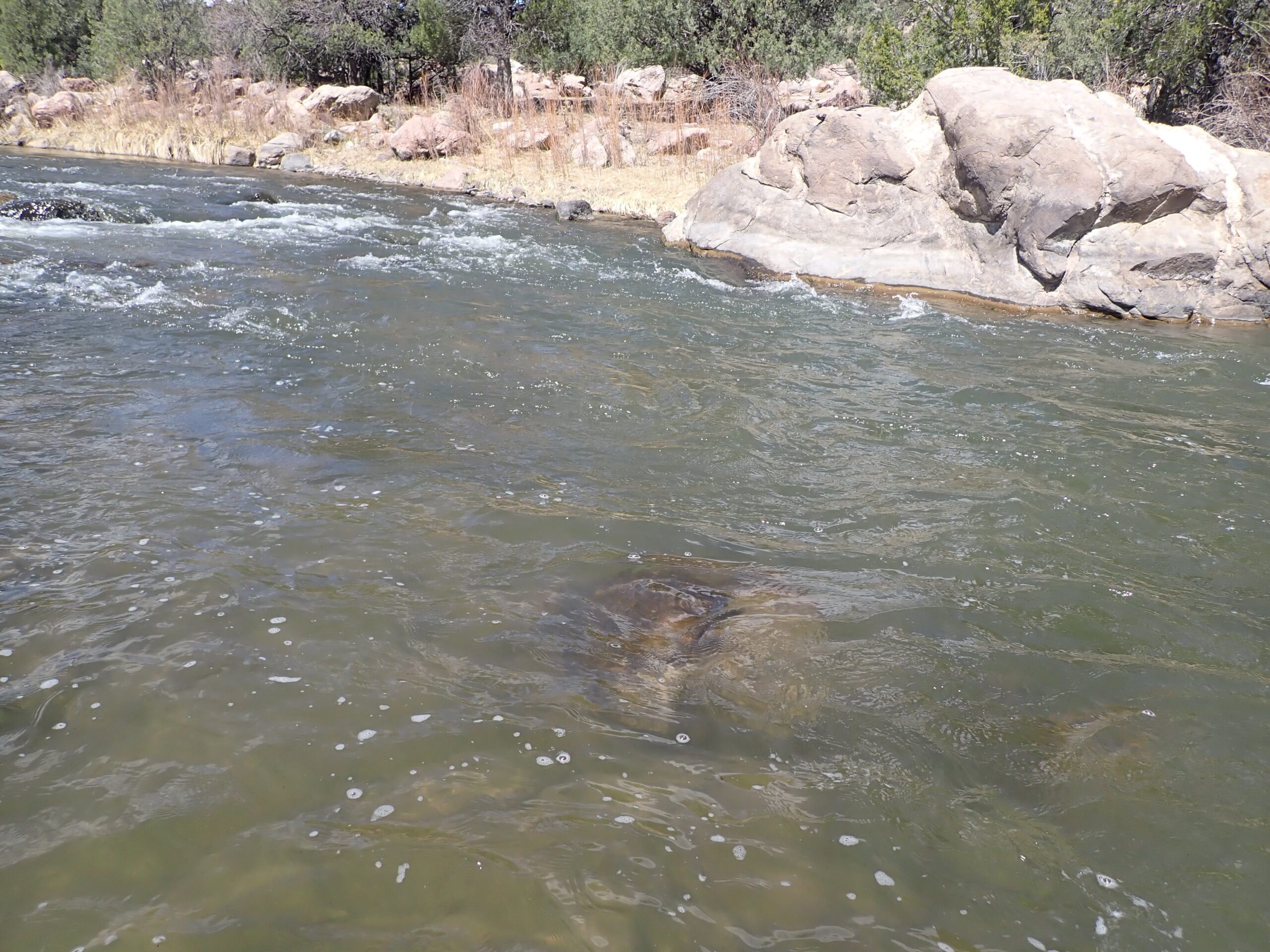
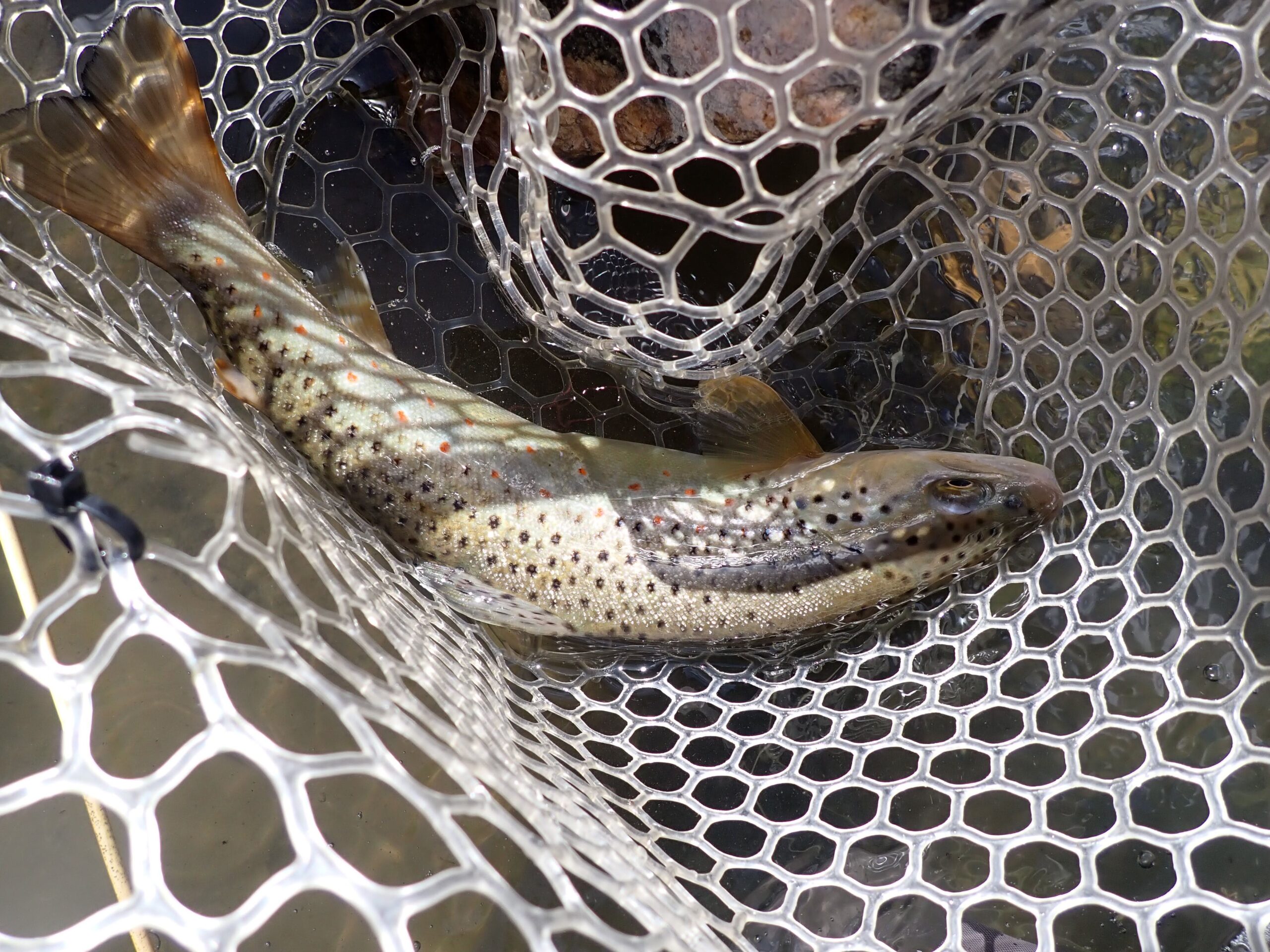
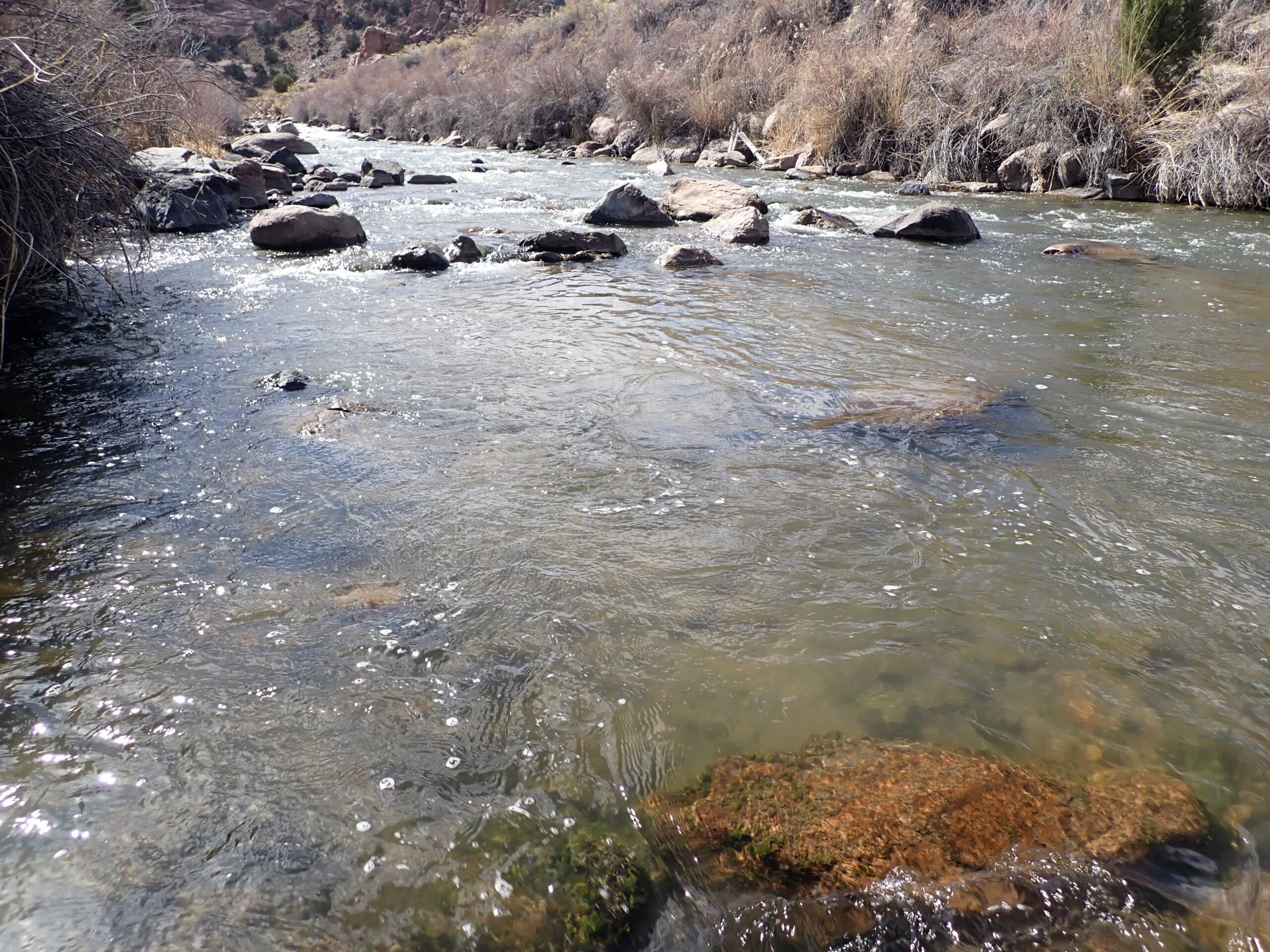
Try using a Gasolina Perdigon, size #18 and 3.0 mm copper bead. I have fished almost the same days as you south of Salida and have caught 4 times your amount.